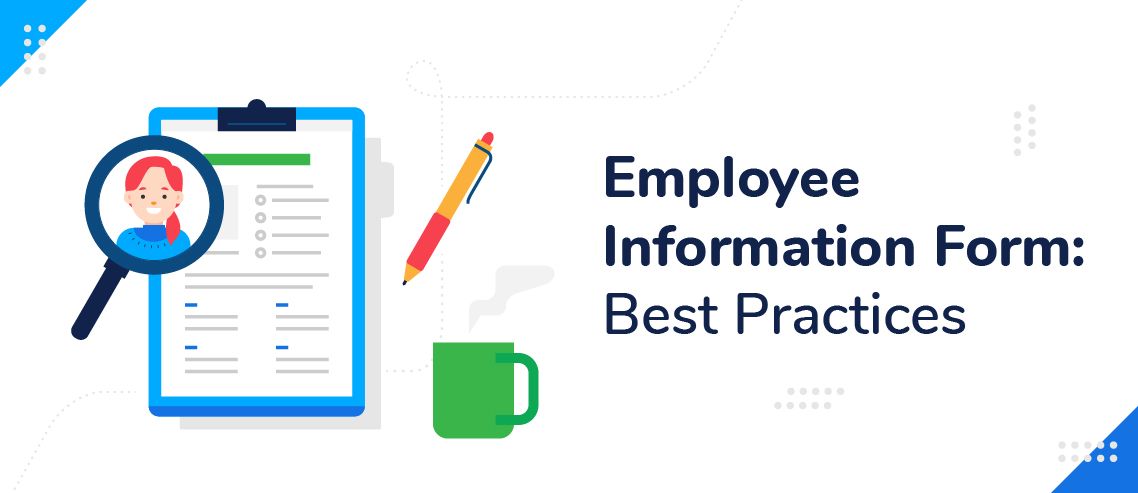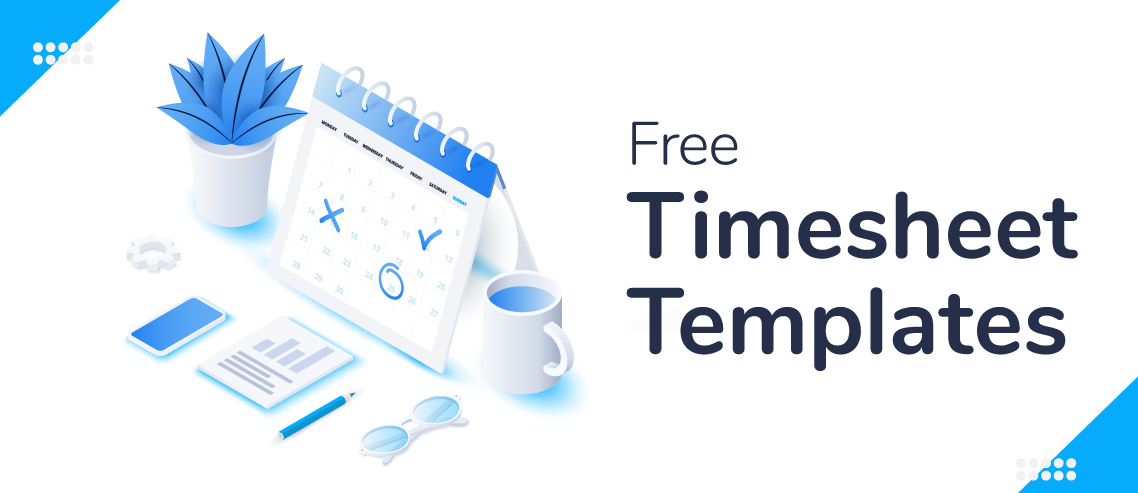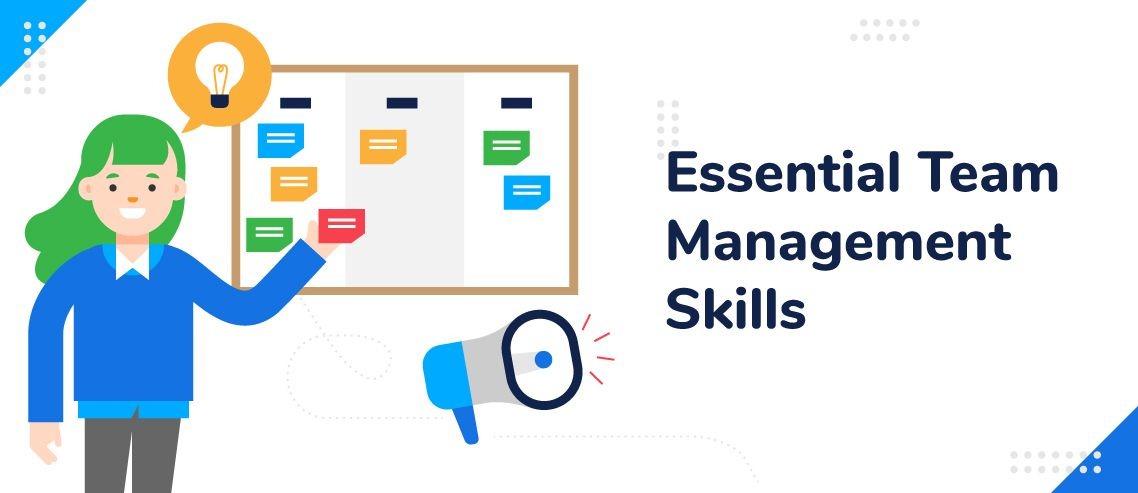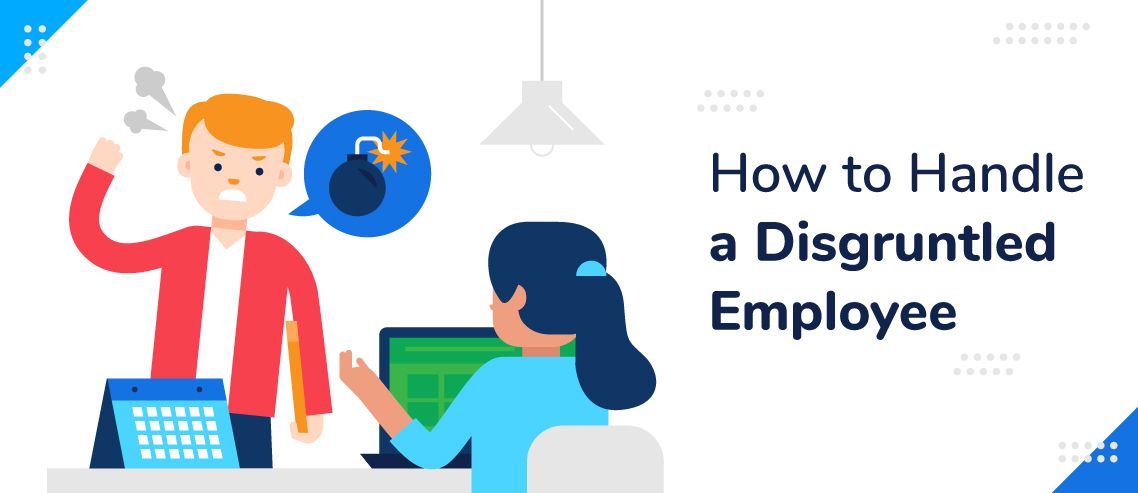Employee Information Form: Best Practices (with Free Template)

Employee information forms are a must for any business with any number of employees at all, from tiny start-ups to huge conglomerates. They should be filled in by every single new hire as standard on day one of the onboarding process – you never know when you’re going to need to use the information they provide.
Furthermore, these forms should also be updated when anything changes – whether the employee in question is promoted, given a pay rise, or their living situation or contact details change.
Failing to properly keep track of employee information can put employers in sticky situations should they need to work out who worked for the company and when – in a legal situation for instance – or should an emergency arise in which the employee becomes incapacitated in some way.
Let’s find out a little more about what employee information forms are, why businesses need them, what to include on your form, and best practices. We’ve also included a handy employee information form template at the end of this guide to make implementing the system super easy.
What Is an Employee Information Form?
An employee information form is exactly what it sounds like: it’s a form that contains all useful information about each and every employee at your business. It doesn’t matter whether they work full time, part time, or even just remotely for a couple of hours every month – this is vital information.
It’s important to underline that most employee information forms are not particularly detailed – they don’t go into the individual’s employment history, or disciplinary matters. This is not a complex document, and neither should it be. You don’t want to have to search through pages of contractual information to find an emergency contact number.
Instead, they should simply be a record of the most basic information you need to record about each employee. The most basic information is often the most important – and sometimes the hardest to find. Having a well-oiled system for filling in, updating, and filing your employee information forms makes it simple.
Employee information forms should be filled in on day one of employment and kept by admin staff within a secure, organized filing system – ideally incorporating both hard copies and electronic copies. They must also be updated whenever the contact details of either the employee or their emergency contact change, when the employee moves house, if a relationship status changes, or when the employee is given a promotion or pay raise. Remember to update the form when employees leave the company too.
Why Do You Need an Employee Information Form?
While the details recorded within an employee information form are basic, this is the most important information to have about an employee – and this information isn’t always easy to find when employers are put in a situation where they will need to use it.
First and foremost, employee information forms always include details of that individual’s emergency contact. In the case that any issues arise, they get sick or are involved in a workplace accident, the employer can feel assured that they know where to go to contact the right people.
Employers may also sometimes need to get in touch with former staff members after they have left the company, which, without the information form, can be near impossible.
Should there be any discrepancy as to the length of someone’s employment, or the duration they worked within a certain salary tier, it is also super useful to have these records. This can be used to assist in any legal matters that may arise.
What to Include in an Employee Information Form
Employee information forms should – at a minimum– include:
-
- Contact information and address
- Government ID or Social Security Number
- Date of birth
- Marital status
- Spouse’s information
- Emergency contact information
- Job information, including title and salary
You may also want to include additional information pertaining to your specific industry. For example:
-
- Driving license information
- Information surrounding relevant qualifications
- Employment history
How to Collect Employee Information — Top Tips
- Make it a part of your onboarding process — Collecting vital information should be easy, but it often isn’t. With so many other important things to think about, it tends to slip through the cracks. One of the best ways to ensure this doesn’t happen is by making it a central part of your onboarding. Your employee is already filling out lots of forms, so this is the ideal time.
- Make it as simple as possible for your employees — The more complicated you make something, the less likely it is that people will do what you want. Make the process as simple as possible, otherwise, interest and compliance are going to drop.
- Make it an ongoing process — People’s vital information changes. If you’re looking at ten-year-old records, chances are there’s a lot of information that’s no longer accurate. Set automated reminders for people to revisit their employee information and make them sign off on it yearly.
- Highlight Protections — People are naturally concerned about giving out their private data. If you don’t tell them what you’re using it for and how you’re going to keep it safe, then they’re going to be reluctant to share their personal information. Make sure to highlight the protocols you have in place.
- Communicate — Good communication is key to compliance. Even something as simple as collecting employee information can be a lot harder if you don’t get your communication right. Be open and clear about your data policies.
Best Practices of Collecting Employee Information
- Form Structure – Employers should never include any information on the form that could be used to discriminate against an employee, such as race, nationality, religion, or disabilities.
- Strong Confidential Policy – In addition, ensure that a strong confidentiality policy is set up around the records — they should not be accessible by just anyone. Most people are quite conscious of data privacy in the modern world, so it’s a concern you will have to address. It’s not just about the systems you have in place, but it’s also about communicating your policies well.
- Safe Filing System – It’s also important to create a filing system that is routinely backed up to ensure none of the information gets lost. Although you want your employees’ information to be secure, you also need to have quick access to it, so it’s important for you to store it in the right formats.
- Forms Regularly Updated – Keeping forms up-to-date can be challenging, so it’s important to establish a system to ensure forms are always updated when an employee’s circumstances change. This is much easier with technology, but it’s still important you make the process convenient for your employees.
- Ensure Clear Call to Action – If you send out long email reminders without a clear call to action and link to the forms, then you’re not going to engage people. Make it obvious what action you want your employees to take, and make it as quick and easy as possible to do so.
If you put the right safeguarding processes in place, make it simple to update forms, and communicate effectively, then you’ll end up with more accurate employee information.
FAQs
1. What employee information is confidential?
Much of your employee information should be confidential. Personal data (social security number, address, etc.), job application data, employment information (contract details, bonuses, benefits, paid time off), performance data (performance reviews, disciplinary notes), HR information (pay stubs, timesheets, tax forms), and job termination data are all confidential records.
2. Where can I get an employee information form template?
Lots of HR websites will offer you a free employee information form template. The template you choose should help you collect all the relevant employee information and make it simple for your employees. It’s also important to add your data policies to the sheets to reassure your employees. The template available from Zoomshift is particularly useful and can guide you through the process.
3. Where should I store employee information forms?
You can store employee information forms in lots of different ways. The most important thing is that you store them in a safe way that works for your business. Choose from paper records, manual electronic records, cloud storage, on-premise HR, and more. Having both a physical and electronic copy is advisable as it means there’s less chance of records being lost and gives you more options in the case of an emergency.
4. How often should you update employee information form policies?
Ideally, employee information needs to be updated whenever it changes. This is difficult to achieve though, so sending out yearly reminders might be an optimal tactic for your business.
JD enjoys teaching people how to use ZoomShift to save time spent on scheduling. He’s curious, likes learning new things everyday and playing the guitar (although it’s a work in progress).



